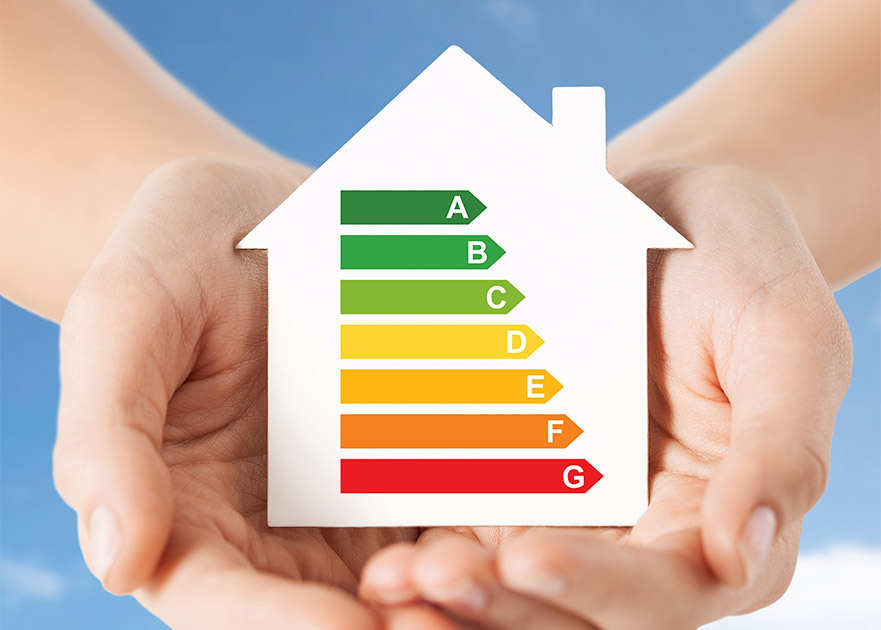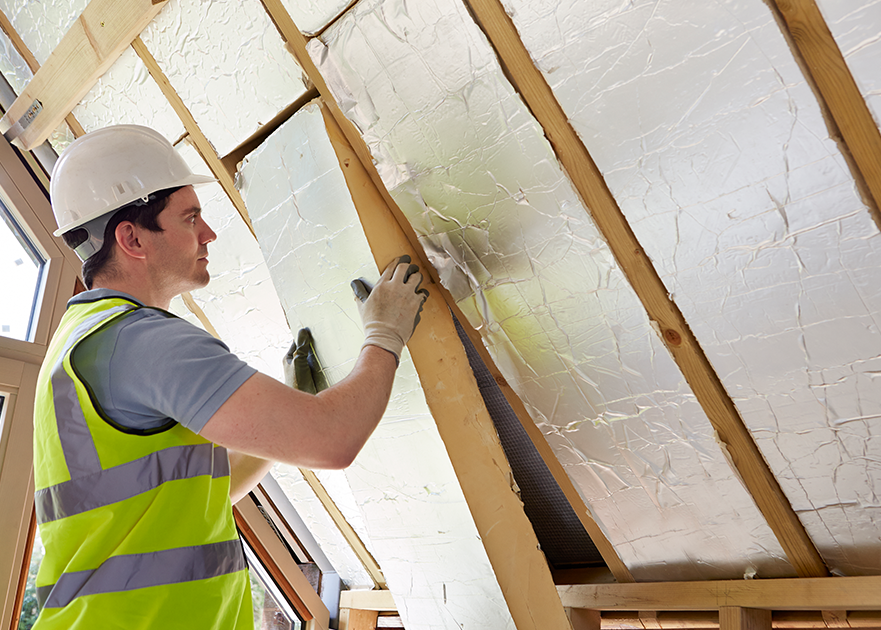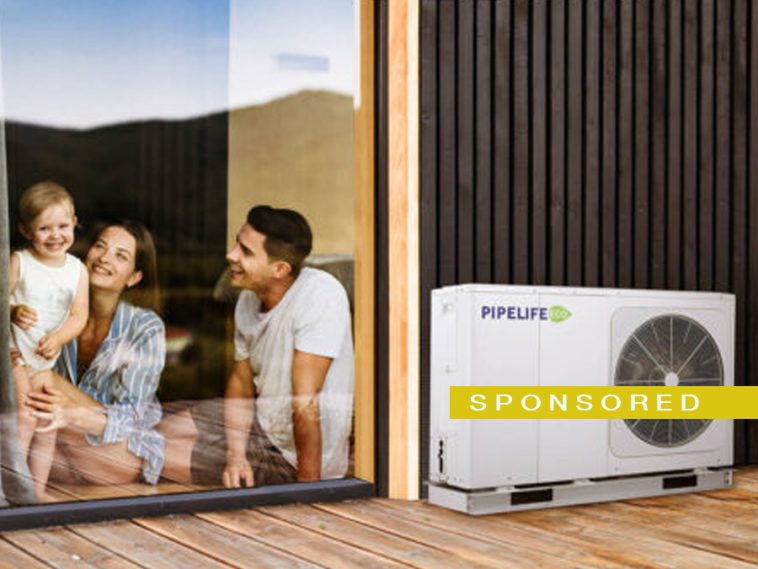Upgrade your home to be more energy efficient and discover a new world of comfort, thanks to this simple guide from Pipelife Eco.
[adrotate banner=”44″]
Why should you invest in a home energy upgrade?
Every home is different and has unique heating requirements. Often, a heating system upgrade comes about because of a breakdown or to upgrade an inefficient old boiler. Home heating systems may also be replaced as part of home renovation projects.
Very simply, a full home energy upgrade will transform the comfort levels of your home and reduce your energy bills.

Comfort Enjoy a warmer, cosier and healthier home by upgrading your insulation and adding renewables
[adrotate banner="58"]Savings Save on energy bills by using less energy and adding renewable energy to your home
Environment Reduce your emissions and your carbon footprint with an energy efficient, B2 home.
Value Increase the value of your property by upgrading your home to a B2 rating or higher.
Step 1: Assess
First you need to understand what home energy upgrades would benefit your home the most. A BER assessment now comes with a detailed advisory report, tailored to your home. This report gives you a roadmap to achieve a minimum B2 energy rating for your home. Use the report to decide which upgrades you want to carry out.
Find out what is involved in a BER assessment and how to prepare for it. Learn more here

Step 2: Get your grant

There are many grants available in ROI to help you upgrade your home, making it warmer and more energy efficient. Here is a list of SEAI Grants available for upgrading your heating system, installing an air source heat pump and replacing your oil boiler.
Save money on your annual hot water heating bills by installing a solar thermal system. Solar thermal will help you to reduce your energy consumption and cut down on your greenhouse gas emissions. Learn more here.

Please note that before applying for a heat pump system grant, the homeowner must engage with an independent, SEAI Registered Technical Advisor to carry out a technical assessment of the home and provide independent guidance on the buildings suitability for a heat pump and any remedial work required. There is a €200 grant towards the technical assessment, the technical advisor will also provide an energy report which will be needed in order to complete a system design and specify a heat pump size.
All technical data received can be emailed to ireland@pipelife.com or call our technical team to talk discuss further 021 4884700.
Step 3: Insulate
The next step is to insulate your home. This will help to keep your valuable heat in your home, increasing your home comfort and reducing your heating bills. Insulation can include the attic, external walls, cavity walls, and floor. You may also consider installing new windows and doors.

Did you know?
- A home loses 20 to 30 per cent of its heat through the walls
- A home loses up to 30 per cent through a poorly insulated attic
- Even if you have some attic insulation you should upgrade it to today’s standard
If you stop after completing this step you will benefit from a warmer home that is cheaper to run.
Learn about the types of energy efficiency upgrades available here.
Step 4: Add renewable energy systems

Now you can add a renewable energy system to your home to provide heat, hot water or electricity. The most popular renewable systems are heat pumps, solar water heating panels and solar photovoltaic panels.
Adding renewable energy to your home will reduce your energy bills and help you to achieve an A-rated home. It will also support the move away from fossil fuels.
Ensure your home and heat pump system are a good match
Heat pump systems are at their most efficient and effective when generating heat at a lower temperature. On this basis, one of the requirements for a dwelling to qualify for an SEAI Home Energy grant for a heat pump system is that the dwelling has low heat loss.
Measures that help achieve this are insulation upgrades such roof and wall insulation upgrades, which are grant aided under SEAI’s Home Energy Grants programme. Good insulation is needed to reduce draughts in the home and eliminate heat losses through open chimneys, which will affect the performance of your heat pump system.A dwelling with poor insulation and single glazing could cost substantially more to upgrade to the necessary level than, say, a well-insulated dwelling with newer double glazing.
You must engage an independent SEAI registered Technical Advisor before applying for the heat pump system grant. They will carry out a technical assessment and Building Energy Rating on the house before guiding you on the energy performance of the dwelling, particularly on the suitability of the dwelling for a heat pump system, based on the dwelling’s heat loss. They will provide you with independent guidance on measures that may be necessary to ensure that the dwelling fabric heat loss is lowered to an acceptable level for a heat pump system to perform at its best.
The Technical Advisor can help you understand the types of heat pump systems available and the options most suitable for your dwelling, before you talk in more depth to a heat pump contractor.
It is worth discussing home upgrades with friends and family who may have already carried out the measures to give you a better insight into the advantages, improvements and possible issues they experienced when upgrading their own homes. You should visit an existing heat pump system before proceeding with the installation.





